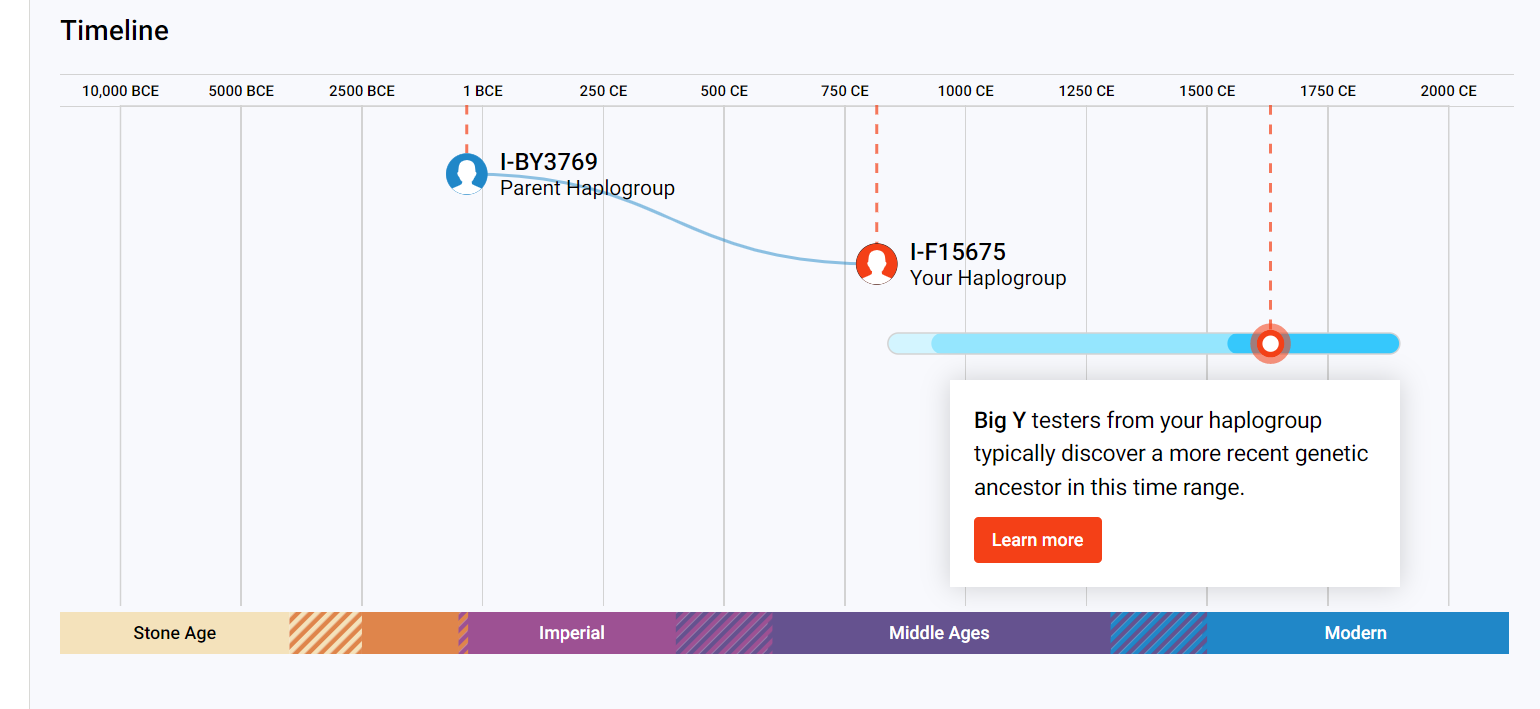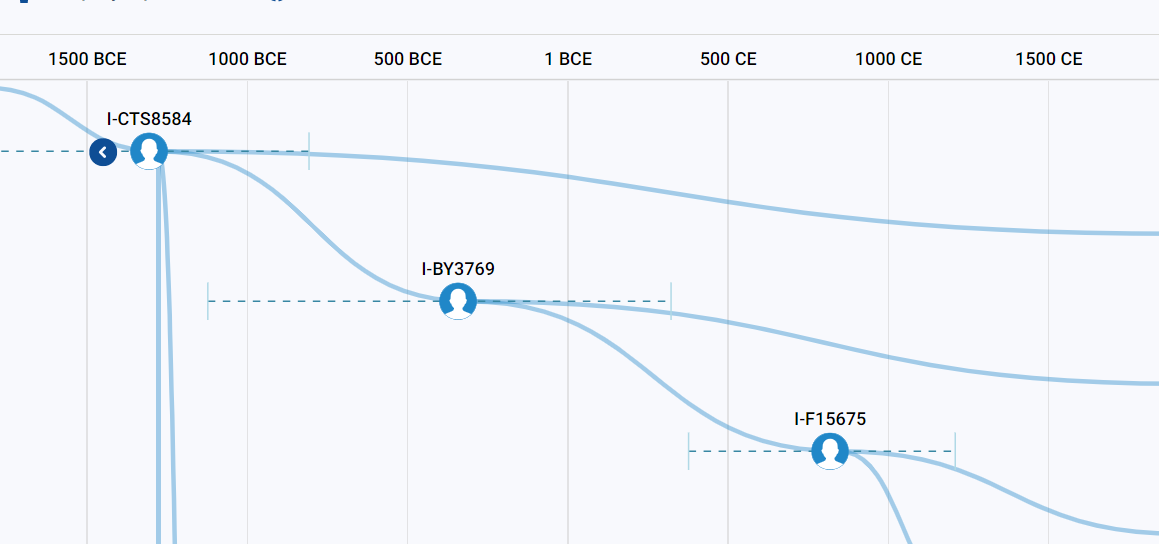Haplogroup I-M223
One Irish Haplogroup set is from Haplogroup I-M223 (aka I2a1b1). This Haplogroup has Scandanavian origins. I have labelled this group as of ‘Viking Origin’ in this data. I-M223 is a sub-glade of I-M253 and I-P215.
I-M223 (as extracted from wikipedia)
I-M223 has a peak in Germany and another in eastern Sweden, but also appears in Romania/Moldova, Russia, Greece, Italy and around the Black Sea due to movement of Alans/Sarmatians/Scythians.
Haplogroup I-M223 has been found in over 4% of the population only in:
- Germany, the Netherlands, Belgium, Denmark, probably moving tribes of Dacians.
- England (excluding Cornwall), Scotland, possibly descendants of the Iazyges, Legio VI Victrix, 175 410 AD
- The southern tips of Sweden and Norway in Northwest Europe
- The provinces of Normandy, Maine, Anjou, and Perche in northwestern France
- The province of Provence in southeastern France
- The regions of Tuscany, Umbria, and Latium in Italy
- Moldavia and the area around Russia’s Ryazan Oblast and Republic of Mordovia in Eastern Europe maybe Agathyrsi, Khazars
Of historical note, both haplogroups I-M253 and I-M223 appear at a low frequency in the historical regions of Bithynia and Galatia in Turkey, possibly descendants of the Thracians, Cataphract of Alexander the Great at 334 BC, and Varangians, who are historically recorded to have invaded those parts of Anatolia from the 9th to 11th centuries. They ventured southwards along the rivers of Eastern Europe, connecting Scandinavia with Constantinople and Byzantine Empire. Haplogroup I2a2a also occurs among approximately 1% of the Sardinians – Vandals].
This Y-DNA map looks like:

The timeline for haplo I-M223 is:

BCE = Before Common Era or Before Christian Era.
There is also a group studying this origin in more detail and as the research progresses these origins will become clearer.
Sub Glade 1-F15675
Subsequent testing of I-M223 markers shows that our subglade is I-F15675. A timeline for this sub glade is:

